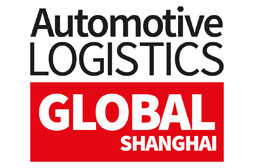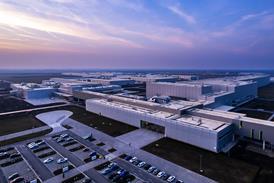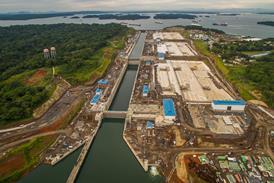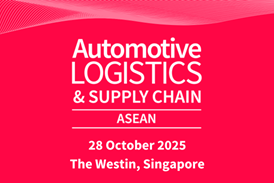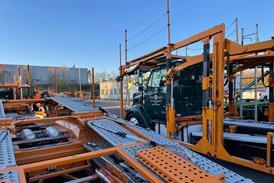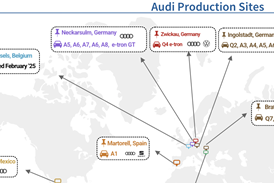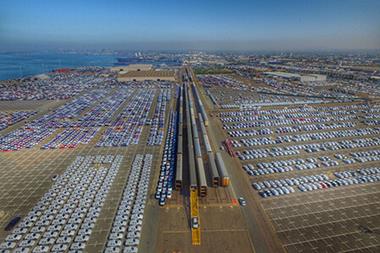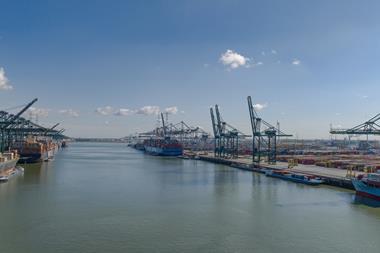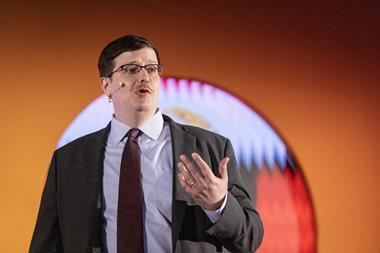Toyota said last week that it is to build a $1bn manufacturing facility in Guanajuato, central Mexico to build the Corolla. The move is part of a broader initiative at Toyota to drive supply chain efficiencies between plants and the company said that production of the Corolla in Mexico would “leverage the existing robust supply base and transportation infrastructure in the region.”
Toyota will join Honda, Mazda, GM, and VW in Guanajuato, all of which have assembly or powertrain facilities in the state, and their tier suppliers, many of which are moving there to support production. There has been $4.85 billion in automotive investment in the region, including a large amount by American, German and Japanese tier suppliers. As with other production clusters many suppliers are within 200km of plants, as well as being close to the US. The area also has strong rail and intermodal freight services.
Toyota also benefits from its established footprint in Mexico. The carmaker already has a plant in Baja California, which makes the Tacoma. In addition it has announced that Mazda’s plant in Guanajuato will be making a Toyota subcompact there from this summer under a deal signed in 2011. Annual Toyota output from the Mazda plant is set at 50,000 units. Furthermore, Toyota’s truck subsidiary Hino Motors has been making trucks there since 2008.
Production of the Corolla at the new plant is expected to begin in 2019 and the plant will have an annual capacity for 200,000 units. It will be Toyota’s 15th plant in North America and its largest in Mexico to date.
“Having produced vehicles in this country for more than 13 years, we know that the strength of the workforce and manufacturing capabilities in advanced technology make central Mexico the right place for our newest facility,” said Mike Bafan, president, Toyota Motor Manufacturing de Baja California (TMMBC) and project leader for the new plant.
Toyota New Global Architecture
The company said the latest move is part of the company’s plan to improve efficiency and enhance flexibility using common vehicle platforms under the Toyota New Global Architecture (TGNA) initiative. It added that it aims to achieve cost savings through production engineering innovations, building more models on common platforms, the intelligent use of common parts, and by more fully leveraging Toyota’s supply chain.
The plant will be Toyota’s first to be designed from the ground up with TNGA production engineering technologies. Once fully operational Toyota will move Corolla production from the North plant in Cambridge, Ontario and dedicate that plant to mid-sized, higher end vehicles following what the company describes as the “first major reinvestment in the plant since it opened in 1997.” Production of those vehicles is set to begin in 2019. It is also planning investments in the Woodstock plant in Ontario.
“Our next-generation production facility in Mexico will be a model for the future of global manufacturing and set a new standard for innovation and excellence,” said Jim Lentz, CEO of Toyota North America. “Transforming our Canadian vehicle assembly plants is an equally important part of our strategic plan to position the North America region for sustainable long-term growth.”
The Corolla is already being built at Toyota Motor Manufacturing Mississippi (TMMMS) and Toyota said that also building it in Guanajuato would consolidate compact vehicle production to the southern US and Mexico.
“These groupings by common vehicle platform follow Toyota’s consolidated truck production at its San Antonio, Texas and Baja California, Mexico plants, which has helped streamline Tacoma and Tundra assembly while better leveraging the supply chain,” said the company in a statement.
In terms of the mid-size vehicle grouping, as well as future production at the Cambridge plant in Canada, those vehicles are being made at Toyota Motor Manufacturing, Kentucky (TMMK) and Toyota Motor Manufacturing, Indiana (TMMI).
According to the company the groupings are part of Toyota’s organisation of a strategic supply chain allowing the parts from each cluster to be shared and consolidated as much as possible. This brings with it a reduction in logistics costs, improved chances to consolidate parts and increase production speed, as well as the opportunity to make the most of using shared platforms.
From a logistics point of view, responsibility for Mexican production is likely to be run on a North American basis. Key roles in supply chain management are likely to be taken by Toyota Engineering and Manufacturing (TEMA) for inbound and production control; Toyota Logistics Services (TLS) for outbound; and North American Parts Operations (NAPO) for spare parts.
